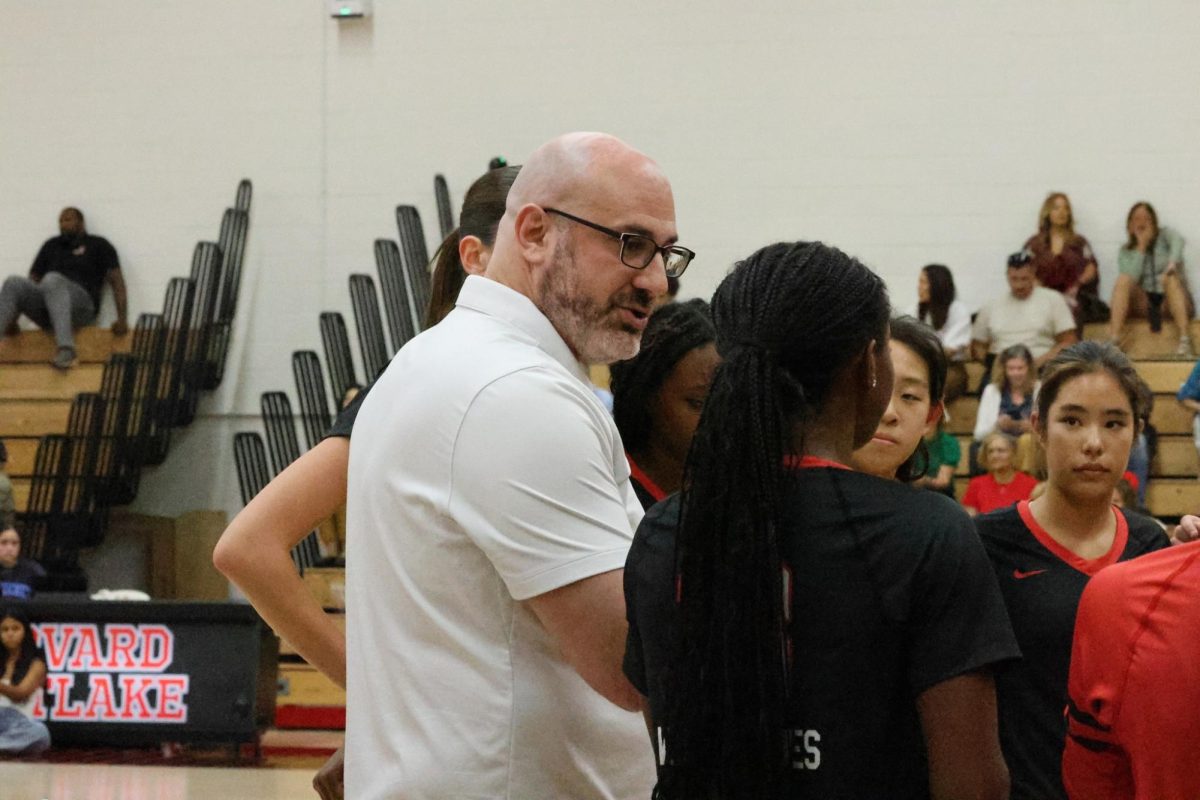Major changes by the CIF in the league alignments and lawsuits filed by other schools objecting to their assignments impacted the fall schedule and resulted in the early homecoming this year, Head of Athletics Terry Barnum said.
There are close to 600 schools in the Southern Section of CIF, and each of those schools, including Harvard-Westlake, is placed into an area. Once the areas are decided, it is the schools responsibility to meet and create leagues within their area Barnum said.
These areas are typically determined by geography, with schools in the same vicinity being grouped into the same area. For private schools, however, geography is less of a factor.
The large Catholic and private schools in Southern California are in the Parochial Area. Though Harvard-Westlake isn’t Catholic, it is a big private school similar to private Catholic schools, so it was added into the Parochial Area as well. Marlborough is another example of an exception: though the school is not religious, it is in the Parochial Area, Barnum said.
Four schools, Oaks Christian, St Bonaventure, Damien and St. Lucy, were relocated to the Parochial Area by the CIF for the 2015 season. The CIF believed that those schools were more like the private schools in the Parochial Area than the public schools they played in their current areas.
All four schools objected. When they sued the CIF, they cited issues of travel time, competitive balance and financial reasons, all of which contributed to their plea of returning to their original areas. Though Oaks Christian and St. Bonaventure have had success in football in their areas, they felt that they would be at a competitive disadvantage when matched up against Parochial Area teams such as Serra, Chaminade and Crespi, Barnum said.
The lawsuits eventually went to arbitration. The arbitrator decided that the four schools were right and that they should go back to the areas that they were originally in. Because this process took a substantial amount of time, it was not until late May when Harvard-Westlake finally knew what league it would be in, Barnum said.
Prior to the final schedule’s establishment in May, the football team’s league was constantly changing. At first, the team was told they would be in a four-team league. This means they would have three league games. To fill up the CIF’s limit of 10 games in the 11 week season, the team scheduled seven games against non-league competitors.
The team was then notified that they were in a five-team league, meaning they had to eliminate one non-league game from their schedule. When it was settled that their league would have six teams, another game was eliminated Barnum said.
The final arrangements for football in the Parochial League show four leagues. The Mission League, which includes all the typical Mission League schools except for Harvard-Westlake and St. Francis, who were replaced by Serra and Bishop Amat, is reserved for the top seven teams in the Parochial Area, Barnum said. Harvard-Westlake and St. Francis are both in the Angeles League, one below the Mission League, with Cathedral, Salesian, St. Paul and La Salle. The two leagues lower than Mission and Angeles are the Camino Real League and the Santa Fe league.
Back in March, the final schedule was still unclear, but the homecoming committee needed to begin preparations to be ready by in time for the event. Even though the Athletic Department usually tries to schedule homecoming for October, it was unclear at the time if there would be any home games in October.
“Now that we know what our league is going to be for the next four years, hopefully we will be able to pick a game that falls in October,” Barnum said. “It will give us a little more time to prepare and plan and it will be a lot easier.”
Sept. 27 was picked because no matter what league the team ended up in, it would be able to schedule a home game for that date. It was a safe option, Barnum said.
The Loyola game, however, was decided in spring of 2012. Harvard-Westlake and Loyola signed a contract agreeing to a two-year deal in which the schools would play each other for their first football game of the season. The two matchups would occur regardless of what league the two teams were in, Barnum said.
“Starting the football season against Loyola is perfect for a couple of reasons,” Barnum said. “It is great for us to come back to school to that rivalry because it is a big community building event. Students get excited on Facebook before the game and it is way for the fans to come together and get in contact with new friends at the beginning of the school year.”
Last spring, the two schools extended the contract to include two more years. The first game was played last Friday at Valley College, which served as Loyola’s home stadium. Next season, the game will be played at Ted Slavin Field for Harvard-Westlake’s home game. Last year, the game fell on the first Friday after school started. Though it may seem earlier this year, in reality this misconception is a product of the post Labor Day start of the school year Barnum said. The game itself has always been scheduled for the same day since the original contract was signed in 2012.
When the playoffs come around, the football team will be vying for one of three spots awarded to the top three teams in the six team Angeles League Barnum said. If accomplished, the team will enter into a 16 team bracket where it will be matched up against schools from other leagues, each of which will be shooting for the CIF championship awarded to the best of those 16 teams.
“It’s very interesting,” Barnum said. “This is an exciting time and I’m really excited to see how these new alignments work out.”


































